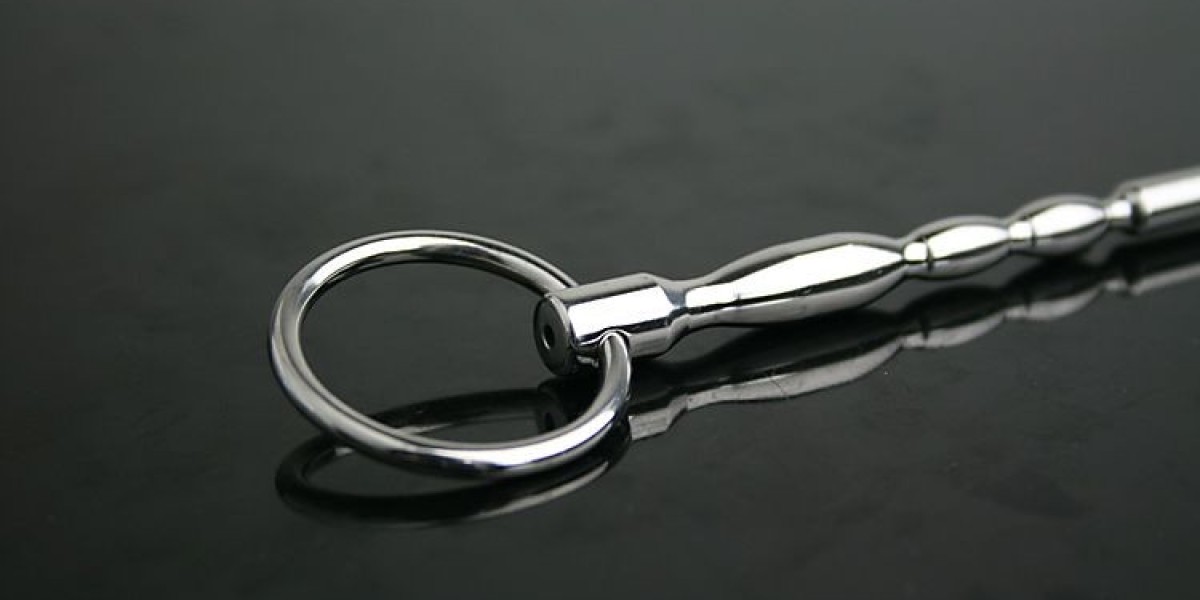In the past few years, there have been major advancements in the field of urethral dilators. Newer technologies and modern materials are being used to manufacture dilators that are more effective as well as comfortable for patients. 3D printing has allowed manufacturers to create dilators with precise sizes and customized designs as per the unique anatomy of each individual. This level of customization was not possible with traditional dilator manufacturing methods.
The other big development has been the introduction of hydrophilic coated dilators. These dilators use a water-absorbent coating that gets slicker when in contact with fluids in the body. This property makes insertion of these dilators less uncomfortable compared to regular non-coated ones. Some companies have also started making dilators with smooth, rounded edges and tapered ends to reduce trauma during insertion and expansion.
Rise in Urological Conditions
The increasing incidence of various urological conditions globally has boosted the urethral dilator market. Some common reasons for this rise include an aging population, greater awareness, improved diagnostics, and changing lifestyle habits. Benign prostatic hyperplasia (BPH) is becoming more widespread due to increasing life expectancy. It is estimated that nearly 50% of men in their 50s and over 90% in their 80s or older have some degree of BPH. Other conditions like urethral strictures are also on the rise. This growing patient pool is driving demand for dilators used in various procedures like urethral calibration and dilation.
Expanded Applications
Earlier, urethral expanders were primarily used post-surgery to maintain patency of the urethra after conditions like BPH. However, their usage has expanded in recent years. Some new application areas include:
- Transurethral resection of the prostate (TURP): Dilators play an important role in performing TURP, which is a common procedure for BPH. They help gauge the size of the urethra and prepare it for insertion of the resectoscope.
- Urethroplasty: These corrective surgeries for urethral strictures may involve stretching the urethra over several sessions using graduated dilators. This helps extend the length of the urethra.
- Urethral calibration: Dilators are used to determine the exact diameter and length of the urethra, which aids in choosing the right size of catheters, stents, etc. needed.
- Dilation for urethral trauma: Blunt injuries or iatrogenic trauma during other procedures sometimes require periodic dilation to prevent scar tissue formation and strictures.
Various Types of Dilators
Based on their designs, urethral dilators can be categorized as:
- Tapered dilators: As the name suggests, these have a gradual tapered profile so they can be gently inserted and expanded.
- Non-tapered dilators: These come with uniform widths and are best used after initial dilation with tapered types.
- Bayonet dilators: A pointed tip helps in carefully placing these inside the urethra before gentle twisting opens them up.
- Hydrophilic coated dilators: The water-activated slippery coating of these makes them more comfortable for insertion.
- Adjustable loop dilators: A flexible filament forms a loop that can be adjusted using a control wire to control dilation.
- Prone dilators: Their straight, trocar-tipped shapes aid direct visualization and insertion during lithotripsy and urethroplasty.
Materials commonly used are silicone, rubber, thermoplastic elastomers, and hydrophilic polymer coatings. Single-use plastic varieties are popular due to low risk of cross-contamination.
Regional Dynamics
On analyzing the global urethral dilator based on regions, North America holds the largest share currently due to superior healthcare infrastructure and higher treatment rates for urological issues. However, Asia Pacific is emerging as a high growth market. With increasing medical tourism and expenditure, countries like India, China, and Japan are seeing greater procurement of these devices. Improving access in middle-income nations is further contributing to Asia Pacific prosperity. Meanwhile, Europe and Latin America also account for sizable shares. Although penetration in Africa remains relatively low, growing awareness may boost sales over the long run. Overall, the worldwide urethral dilator industry is poised for steady expansion backed by ongoing technological upgrades and rising burden of urological diseases.
Future Projections
Leading manufacturers are constantly focusing on new product development to stay ahead. Some potential innovations that may influence future dilator designs include biodegradable materials, drug-coated variants, and digitally controlled expanding models. As 3D printing gains more ground, customized dilators tailored as per cadaveric urethral anatomy scans of individual patients could replace traditional one-size-fits-all products. Telehealth is another area undergoing exploration, with some startups working on remote dilatation monitoring technologies. Though the sees stiff competition, consolidations through mergers and acquisitions are common as large companies seek stronger global presence. If current growth trends sustain, experts estimate the global urethral dilator industry could surpass $500 million in revenue by 2030.
Urethral dilators may be made of various materials, including metal, plastic, or silicone, and may be rigid or flexible depending on the specific application. The choice of dilator depends on factors such as patient anatomy, the nature of the procedure, and clinician preference.
Get more insights on Urethral Dilators



